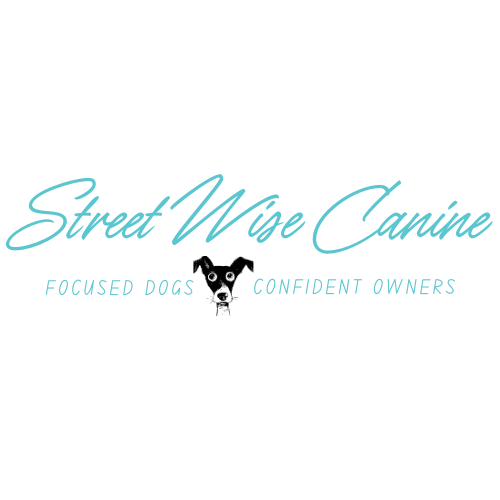Licking Isn’t Just Cute — It’s a Calming Exercise for Dogs
You’ve probably seen your dog go to town on a frozen Kong, peanut butter smear, or lick mat and thought, “Well, at least they’re busy.” But what if I told you that licking isn’t just a way to keep them occupied — it’s one of the most effective calm-down strategies we can offer?
Many dogs naturally turn to licking when they’re overwhelmed. It’s not a quirk — it’s a built-in coping strategy. And when we use it thoughtfully, licking can become one of the simplest and most effective ways to help dogs regulate their emotions.
Why Licking Works to Calm Dogs
Licking isn’t just something dogs do — it’s something they’re wired for. From the time they’re tiny puppies, licking is one of the first ways they find comfort and connection. It’s how they bond with their mom, explore the world, and feel safe.
As they grow, that same action sticks with them as a natural way to settle their emotions. Think of it like a built-in stress relief switch.
When a dog licks, their body starts to shift gears — breathing slows, muscles relax, and their brain begins to release feel-good chemicals that help them settle down. It moves them out of “go-go-go” mode and into something softer, calmer, and more focused.
You’ll often see dogs lick:
• When they’re feeling unsure or overwhelmed
• After something exciting or overstimulating
• As a way to come back down from a stressful situation
It’s not a bad habit or a weird quirk — it’s a tool their body uses to find balance.
And when we give them healthy ways to practice it, it becomes a really powerful part of emotional recovery and regulation.

But Not All Dogs Start There
Some dogs don’t immediately find licking relaxing — especially if they’re already worked up or don’t have a strong food drive yet. That’s totally normal.
In those cases, licking needs to be introduced while the dog is already feeling calm and safe. It becomes something they associate with quiet time and comfort — but that connection sometimes needs to be built first.
Like any skill, the calming benefits of licking often need to be conditioned over time. With consistency and the right timing, most dogs begin to settle into it and start using it as a tool to regulate their own energy.
How We Use Licking as a Recovery Tool
In training sessions — it’s easy for dogs to get overstimulated. Even fun stuff like games, social time, or new skills can push them close to their threshold. That’s where licking comes in.
We use it during what we call “calm or recovery periods” — short breaks where dogs can reset. Offering a licky roller between activities helps them come down from excitement and stay emotionally balanced for whatever comes next.
It’s not a bribe. It’s a tool for teaching nervous systems how to chill.

When to Offer Licking as Recovery at Home
You don’t need to be in class to use licking as a recovery tool. Try it when your dog is:
• Coming down after a walk or a play session
• Feeling anxious from guests, noises, or grooming
• Struggling to focus during training
• Winding down before bedtime
You can also use licking preventatively — before your dog gets overstimulated, not just after. Offering a lick mat during dinner parties, thunderstorms, or after a training breakthrough helps teach them how to self-regulate.
Want to Try It?
Start simple:
• Spread wet food or peanut butter on a silicone lick mat and freeze it
• Roll a bit of canned food onto a textured toy (or use a licky roller)
• Time it right — offer during quiet moments or just before your dog starts to escalate
Licking isn’t just enrichment. It’s nervous system support. And for a lot of dogs, that makes all the difference.
The Bottom Line
Licking isn’t just about treats. It’s about giving your dog a healthy, natural way to feel calm and safe — especially in a world that can feel loud or confusing sometimes.
If your dog struggles to settle, gets overwhelmed easily, or just needs a little help calming down, licking might be the tool you didn’t know you were missing.
Whether your dog’s a little spicy or just unsure, there’s always a way forward — and it doesn’t have to be stressful. Let me know if you want help figuring out what works best for your dog.
– Cher
Street Wise Canine
